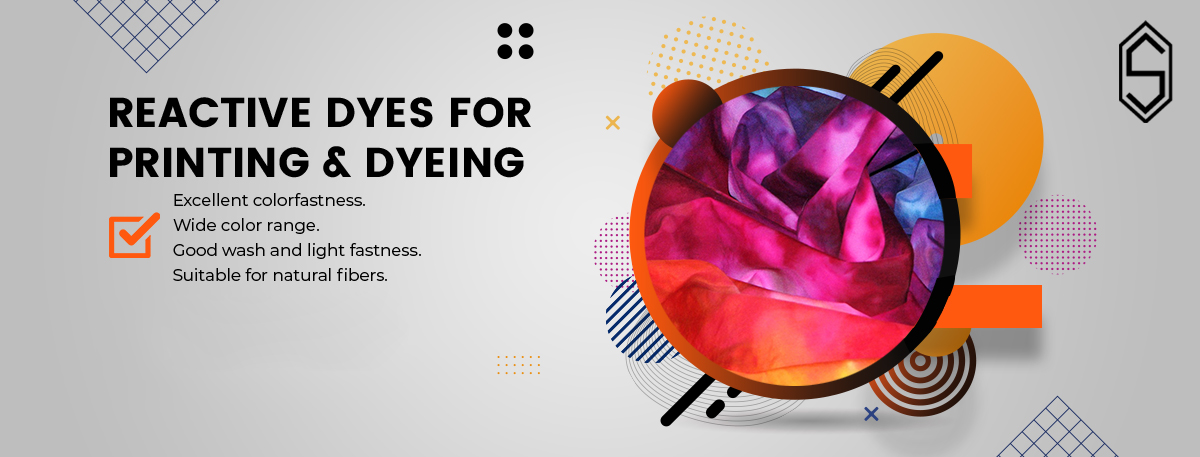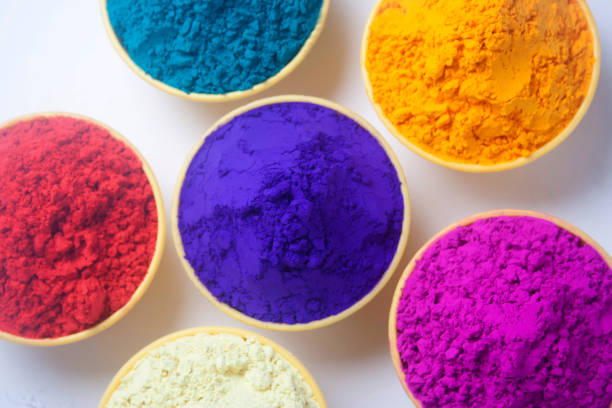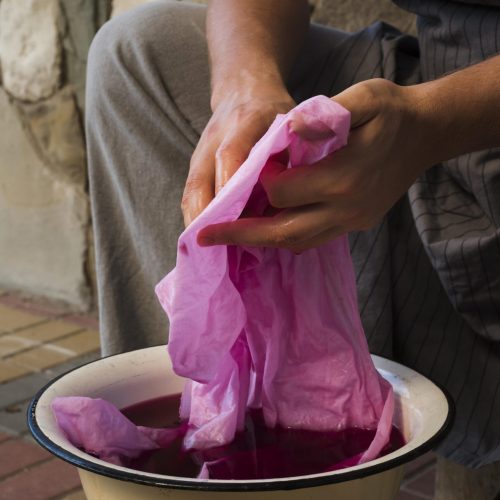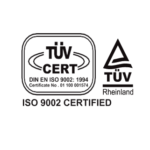
Reactive dyes are highly colored organic substances that are used for coloring natural fabrics. Reactive dyes are named as such because of the chemical reaction they undergo during the dyeing process. Unlike other dyes that merely adhere to the fabric’s surface, reactive dyes form a covalent bond with the fibers. This bond is created through a chemical reaction between the dye molecules and the hydroxyl groups in the cellulose fibers of natural fabrics like cotton.
The mechanism of reactive dye is known for its excellent wash and light fastness. It is a preferred choice in the textile industry for achieving high-quality and fade-resistant dyed fabrics.

Colors
| For Dyeing & Printing (Bi-Functional) | For Printing |
C.I No. REACTIVE BLACK 5 | C.I No. REACTIVE RED 190 |
C.I No. REACTIVE BLACK 8 | C.I No. REACTIVE VIOLET 1 |
C.I No. REACTIVE BLUE 21 | C.I No. REACTIVE BLUE 13 |
| REACTIVE BLACK DN | C.I No. REACTIVE ORANGE 12 |
| REACTIVE LEMON YELLOW P-4G |

Sardar Chemicals reactive dyes shades
Sardar Chemicals reactive dyes offer a wide range of vibrant and diverse shades suitable for dyeing various natural fibers, such as cotton, rayon, and linen. The dyes are known for their excellent colorfastness and durability, ensuring the colors remain vivid and bright even after repeated washings.
Sardar Chemicals reactive dyes come in various colors, ranging from soft pastels to bold and intense hues. Whether it’s a subtle and soothing shade for delicate fabrics or a bold and striking color for statement pieces, Sardar Chemicals reactive dyes cater to various design preferences and applications.
Excellent colorfastness:
Reactive dyes create a strong chemical bond with fibers, resulting in vibrant and long-lasting colors on the fabric.
Wide color range:
Reactive dyes offer diverse shades and color options, providing flexibility in dyeing applications.
Good wash and light fastness:
The covalent bond ensures that colors remain intact even after multiple washes and exposure to sunlight.
Suitable for natural fibers:
Reactive dyes are specifically designed for natural fibers like cotton, linen, rayon, and viscose, making them ideal for dyeing these materials.
High color yield:
Reactive dyes have a high affinity for fibers, which leads to better dye absorption and efficient use of dye materials.
Water-intensive:
Reactive dyeing consumes a significant amount of water during the process, which can be an environmental concern in areas with limited water resources.
Principles of reactive dye application
The methods by which reactive dyes can be applied are as follows:
- Exhaust method (on jigger/winch)
- Padding Method
- Rotary Printing
- Table Printing

Reactive Black WNN is a type of reactive dye used in the textile industry. Reactive Black WNN is a commonly utilized blend of dyes known as Black WNN, which is extensively employed in the dyeing and printing processes of cotton fabrics. Black WNN is mostly used in knitwear industry. Reactive Black WNN gives get black tone to fabric, it comes both in reddish and green tints Reactive Black WNN is widely used in dyeing and printing of cotton fabrics.
Reactive Black DN is a commonly utilized blend of dyes known as Black DN, which is extensively employed in the dyeing and printing processes of cotton fabrics. Black DN is mostly used in knitwear industry. Reactive Black DN gives get black tone to fabric, it comes both in reddish and green tints. Reactive Black DN is widely used in dyeing and printing of cotton fabrics.
Monochlorotriazine Dyes:
These dyes contain a monochlorotriazine ring and are used for dyeing cotton and other cellulosic fibers with good color fastness.
Bifunctional Dyes:
These dyes have two reactive groups, vinyl sulfone, and monochlorotriazine, improving dye fixation on cellulosic fibers.





